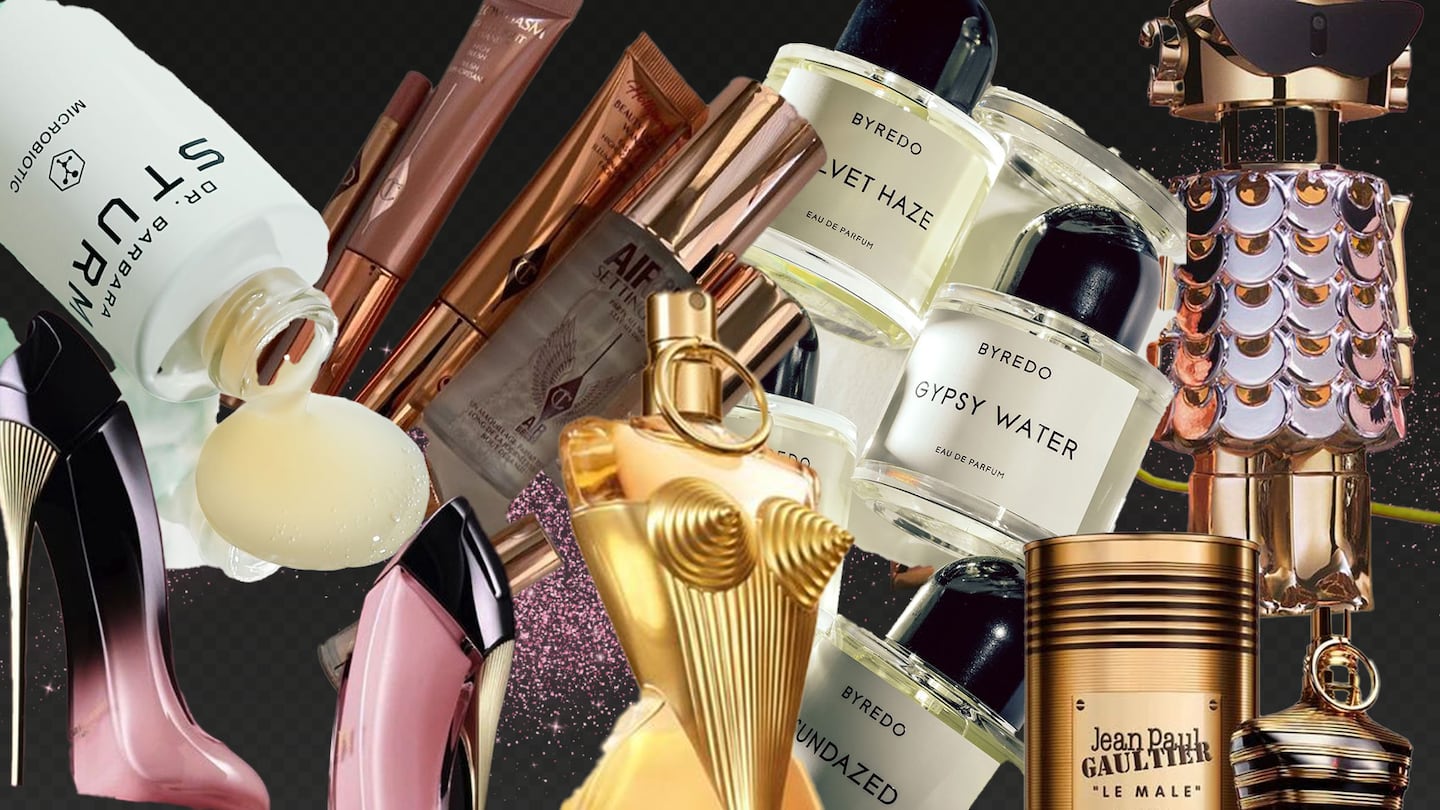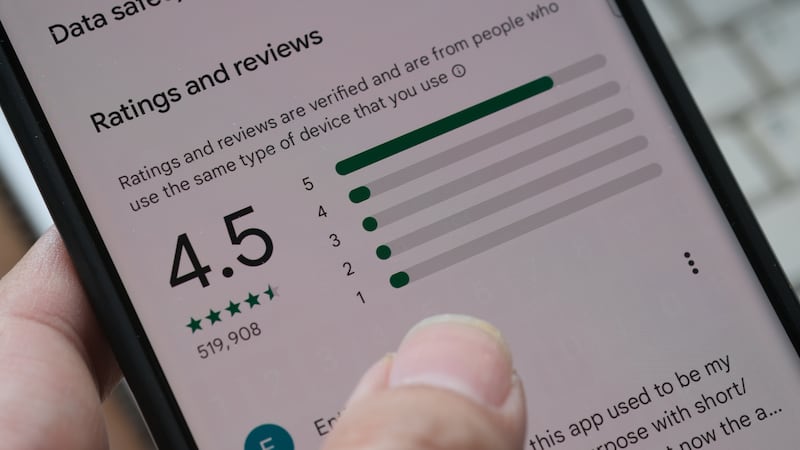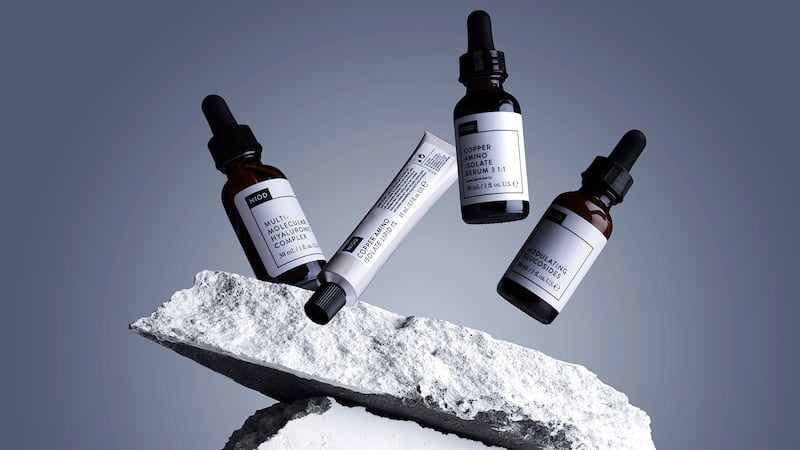The Business of Fashion
Agenda-setting intelligence, analysis and advice for the global fashion community.
Agenda-setting intelligence, analysis and advice for the global fashion community.

It’s Puig’s time.
After months of speculation, the 110-year-old, family-owned conglomerate on Monday announced its plans for an initial public offering on the Spanish stock exchange. The company hopes to raise €1.25 billion ($1.3 billion), followed by a larger share sale that would bring the total fundraising north of €2.5 billion ($2.7 billion). It reportedly expects a valuation of €8 ($8.5 billion) to €10 billion ($10.7 billion), which would put it in the same range as Coty and Shiseido.
For Puig, the timing to go public couldn’t be better. In March, the company reported 2023 results of €4.3 billion ($4.6 billion), all but ensuring it is on track to hit its goal of €4.5 billion ($4.8 billion) in annual sales by 2025 well ahead of schedule. Earnings before interest, taxes, depreciation, and amortisation rose 33 percent to €849 million ($925 million).
“Puig is on the right side of the luxury reset after the pandemic, and the appetite for profitable growth stories is very strong in Europe even more than the US,” said Navina Rajan, senior private capital analyst for the Europe, the Middle East and Africa markets at PitchBook.
ADVERTISEMENT
The Spanish conglomerate has been one of the most exciting firms to watch over the last several years, transforming itself from being known primarily for licensing fragrances from luxury brands, to a diversified portfolio that includes cosmetics and skincare. Puig has made the right bets on some of the buzziest lines in market today from Charlotte Tilbury (2020) and Byredo (2022) to Kama Ayurveda (also 2022) and the recently acquired Dr. Barbara Sturm. And that M&A activity is not expected to slow. Today, the company’s portfolio includes 14 owned brands.
Though fashion and fragrance remains a high point for Puig — growing by 17 percent in annual results thanks to the success of best sellers like Rabanne’s 1 Million fragrance and Carolina Herrera’s Good Girl perfume — skincare is the firm’s fastest growing segment and makeup continues to perform due to Charlotte Tilbury.
Makeup and skincare will be key focus areas for Puig to build out. Following the success of the Rabanne fashion line and 1 Million, the company made an ambitious bet last August with a cosmetics launch, complete with lipsticks, glitter sprays and metallic serums that smartly tie back to its space age luxury arm. And Charlotte Tilbury has been a stealth winner in skincare as well thanks to hybrid hero products like its Water Cream.
“They’re extremely disciplined, extremely targeted, and they have a very deliberate strategy,” said Elsa Berry, founder and managing director of Vendome Global Partners, which advised on Dries Van Noten’s sale to Puig in 2018. “They have brands that are highly complementary across the prestige, premium beauty space, and none of them cannibalise the other.”
Because of its diversification, I, too, think Puig will fare better than many of the other fashion and beauty companies that have gone public in recent years. Often they were built around a single brand, some great (Birkenstock, Olaplex) and others less so (The Honest Company). Going public with a portfolio of brands is a far superior move to being a monobrand company when consumer and market preferences change (the exception being E.l.f. Beauty, which has also pursued a house of brands strategy as of late). Though conglomerates with successful mass and masstige lines or strong niche fragrances have been faring better today, beauty remains cyclical.
My one question for Puig is around succession. The company has been family-owned and run for over a century. Chief executive and chairman Marc Puig Guasch is the third generation to lead the company, and clearly, the firm values founders in its acquisition strategy — Tilbury, Sturm and Byredo’s Ben Gorham have all stayed with their brands post purchase. But with the recent news of fashion designer Dries Van Noten leaving his namesake label after his menswear show in June, (Puig purchased the brand six years ago), it is something to consider as it charts its next phase of growth.
“Typically, you don’t see family owned businesses be as bold, but Puig has been very clear with the plan they have in mind and it continues to work in their favour,” said Ariel Ohana, managing partner at investment bank Ohana & Co.
An IPO enables Puig to better compete globally with other big beauty houses like L’Oréal and the Estée Lauder Companies. And with the latter’s M&A ambitions seemingly stalled, Puig becomes the next obvious acquirer in many cases.
ADVERTISEMENT
There are some fears that luxury firms’ are slowing down post pandemic and beauty stocks aren’t as resilient as they once were. Ulta Beauty scared the market with its grim outlook, even causing E.l.f.’s stock to pause its seemingly never-ending climb. But even with negative market signals, beauty stocks have fared well in good times, been resilient in bad times and preserved their margins — and Puig’s financial profile is one that’s outperforming the category. With €2.5 billion in capital, the company can only realise its lofty beauty ambitions even faster.
Here are my top picks from our insight and analysis on beauty and wellness this week:

Gen-Z are not into all-or-nothing health practices — the hallmarks of wellness that have become cornerstones. What’s left is something far more subversive.
2. Beauty Reviews Were Already Suspect. Then Came Generative AI.

The technology is making it easier than ever to create fake reviews, creating more risk of shoppers being taken in by bogus testimonials.
3. Estée Lauder’s Big New Skincare Bet Is Like The Ordinary – at Six Times the Price

Deciem’s other skincare brand, NIOD, also sells serums with names straight out of a lab, but with more complex formulations and higher-spec packaging. A decade into the science-backed skincare craze, the company believes its consumers are ready to move upmarket.
ADVERTISEMENT
THE BUSINESS OF BEAUTY NEWS IN BRIEF
Blackstone nears buyout of skincare company L’Occitane. The world’s largest alternative asset manager may provide debt financing for the buyout. Trading of L’Occitane was suspended in Hong Kong on Tuesday, pending announcement related to takeover codes.
Neutrogena is closing its Los Angeles office and laying off staff. Closing the office is part of parent company Kenvue Inc.’s effort to boost growth and improve collaboration, according to a spokesperson for the company. The closure is resulting in 84 layoffs, 74 have been offered relocation and employment at other company locations.
UK’s antitrust authority issues price-fixing warning to nail technicians. Competition and Markets Authority, has issued an open letter to nail technicians after a campaign called National Nail Tech Price Increase Day began to gain steam online. More than 5,000 technicians came together as part of the campaign to raise their prices on Monday.
Landing a retail partnership is often seen as a major milestone for beauty founders — but it brings a bevy of new challenges, from the logistical complexities to setting a marketing budget. Black entrepreneurs, who typically have far less capital to work with, often face tough choices.
The firm has been working on a listing since at least 2022, with previous attempts buffeted by volatile markets.
In a three-part series, The Business of Beauty explores how Black founders Monique Rodriguez, Danessa Myricks and more built, launched and scaled their multi-million-dollar businesses. In part one, a look at how these entrepreneurs found their niche and harnessed early lessons that were critical to their growth
There’s something both innocent and concerning about 13-year-olds’ obsession with skincare. Kids will always want to find new ways to express themselves, but the beauty industry has a responsibility to protect its youngest customers.